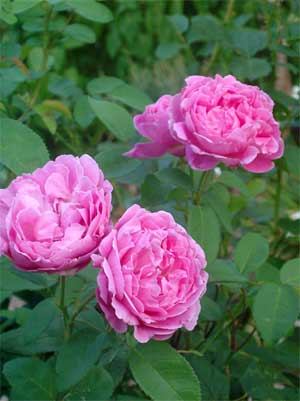SOME FAVOURITE SMALL PLANTS (THAT AREN’T WATER GUZZLERS).
SOME FAVOURITE SMALL PLANTS (THAT AREN’T WATER GUZZLERS). by Lyn Edwards Epimedium One of my favourite groups of small plants for shady areas with low water needs over summer is the Epimedium family – the Bishop’s Mitre plant. This is a plant for all seasons, starting in spring the new leaf stems resembling shepherd’s…

